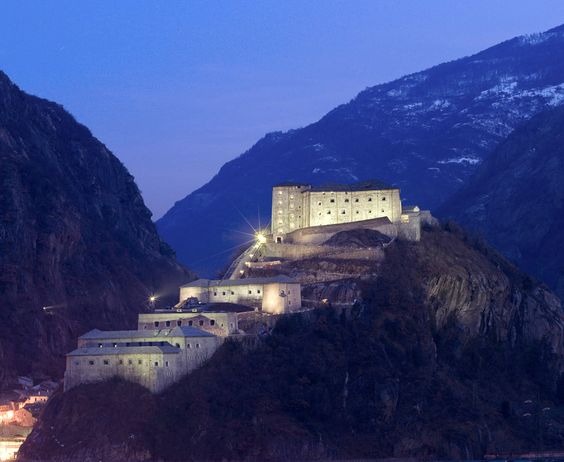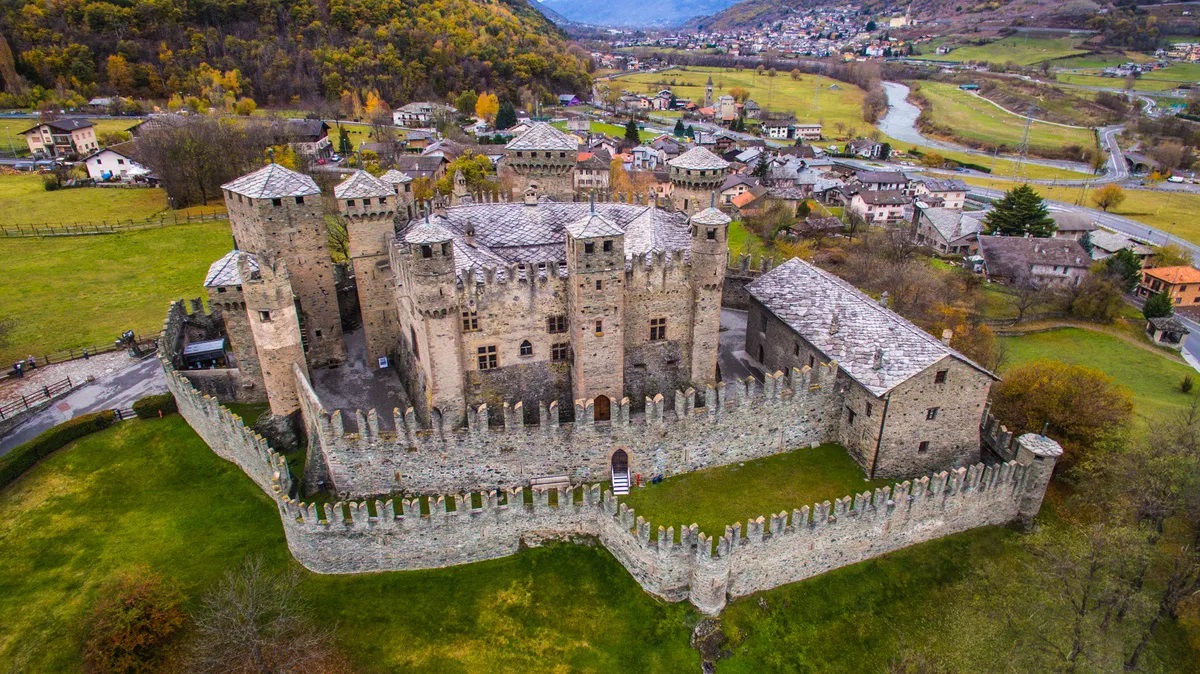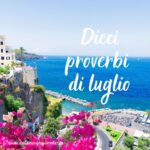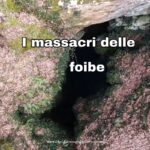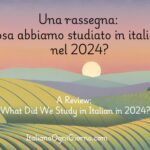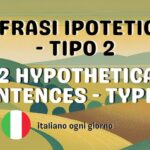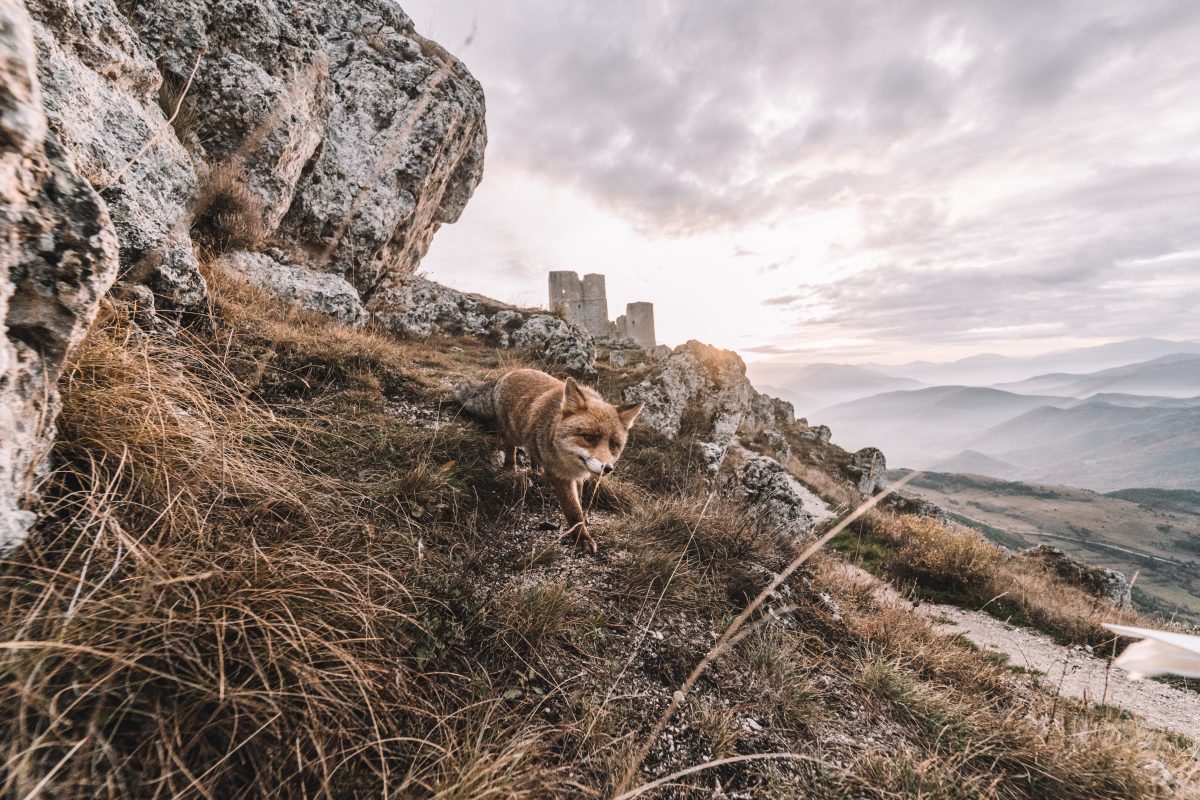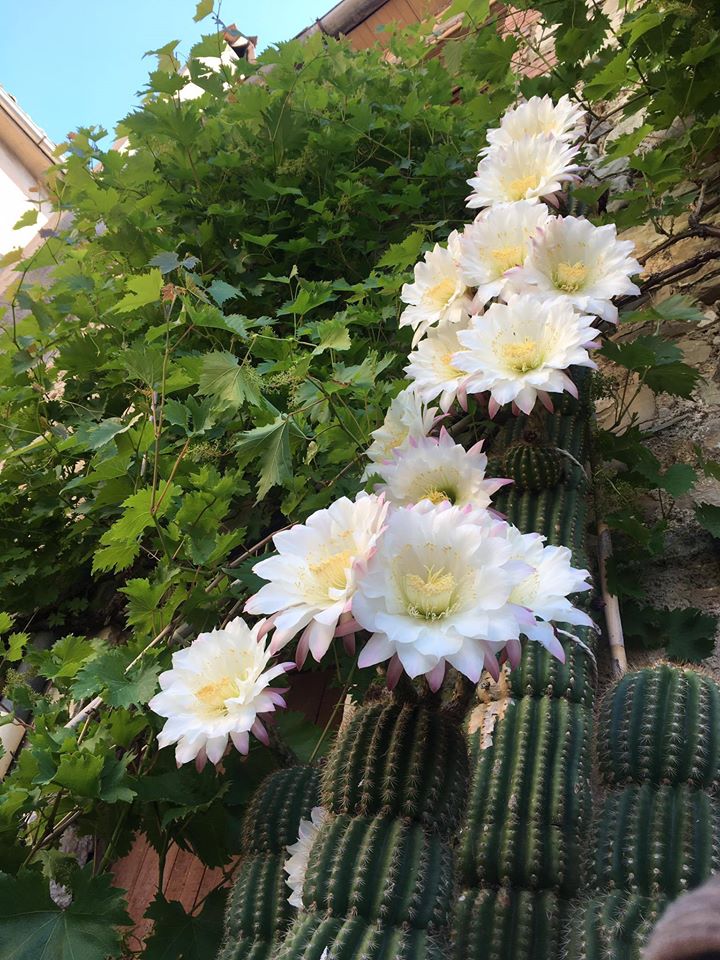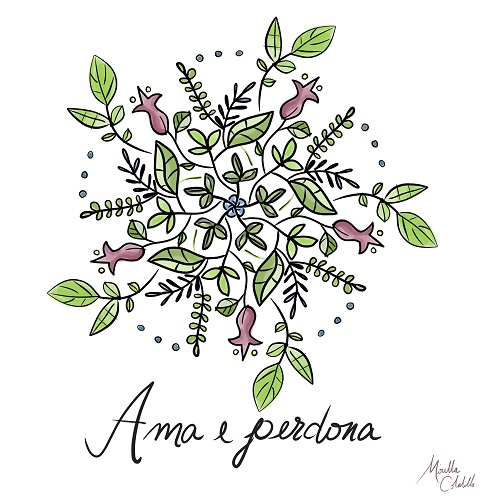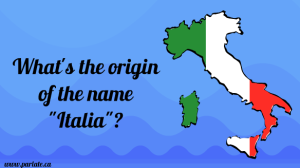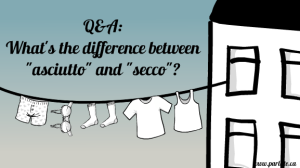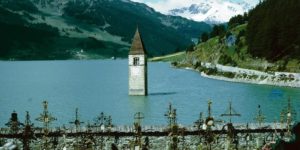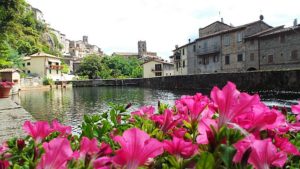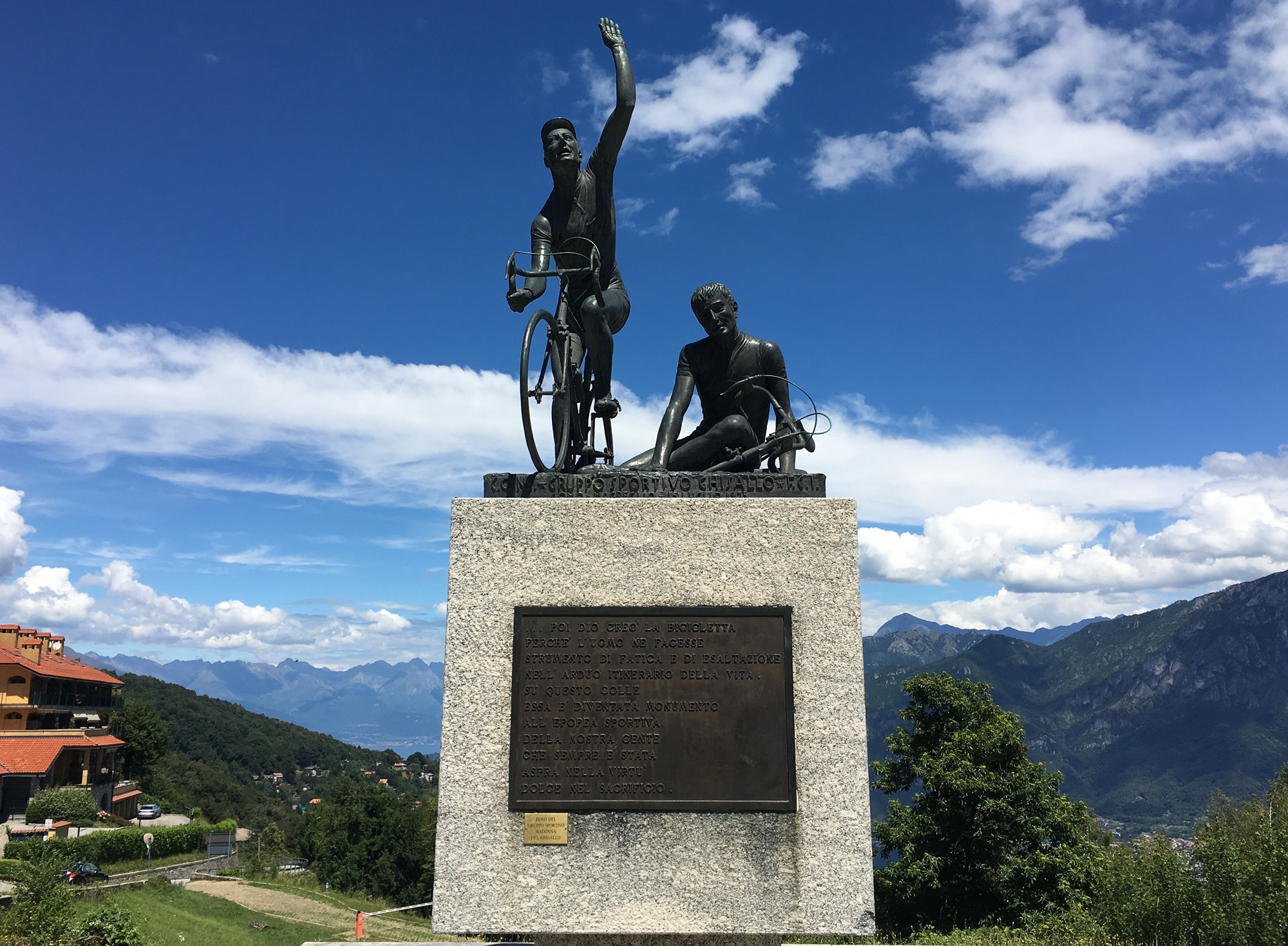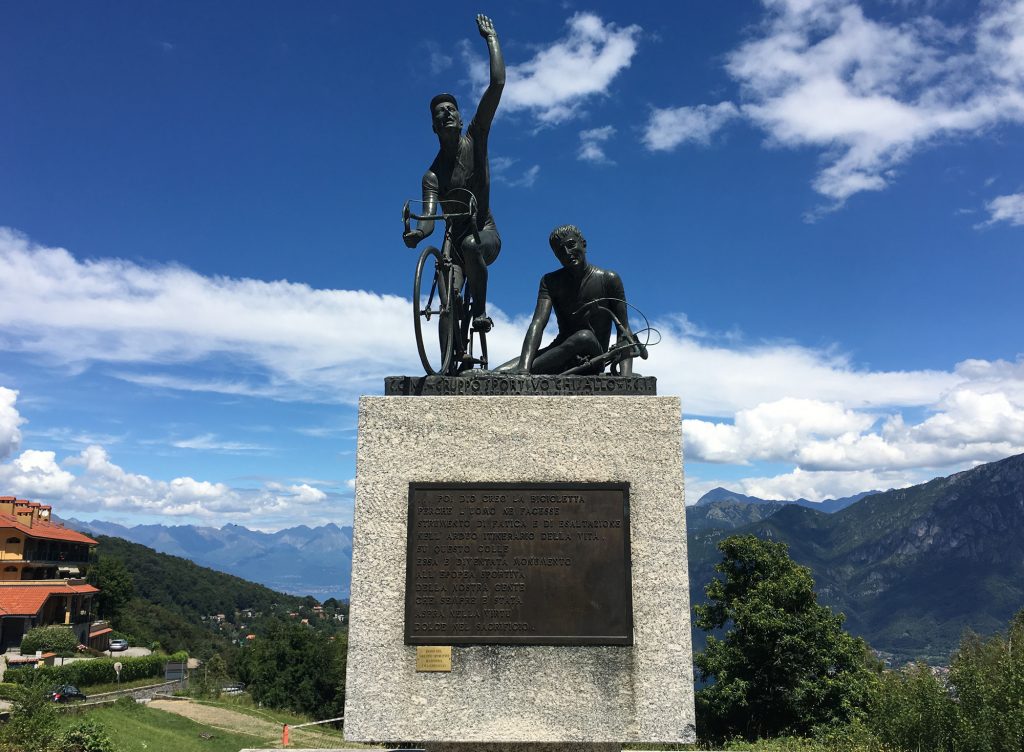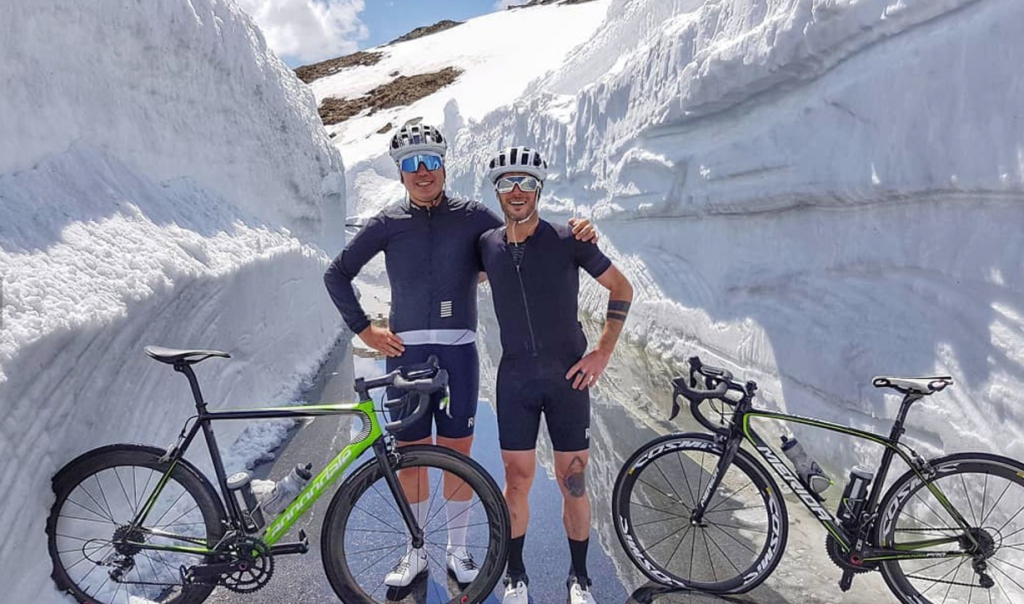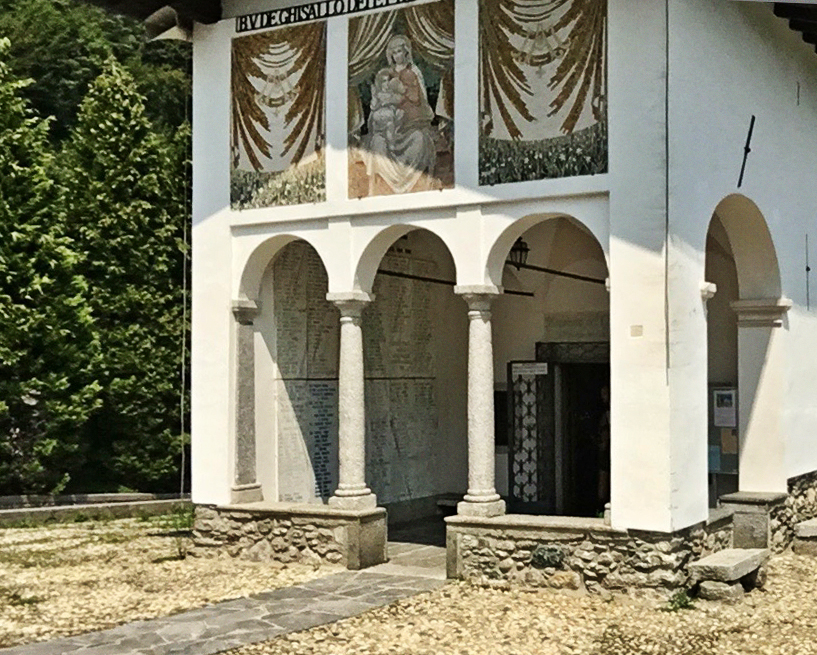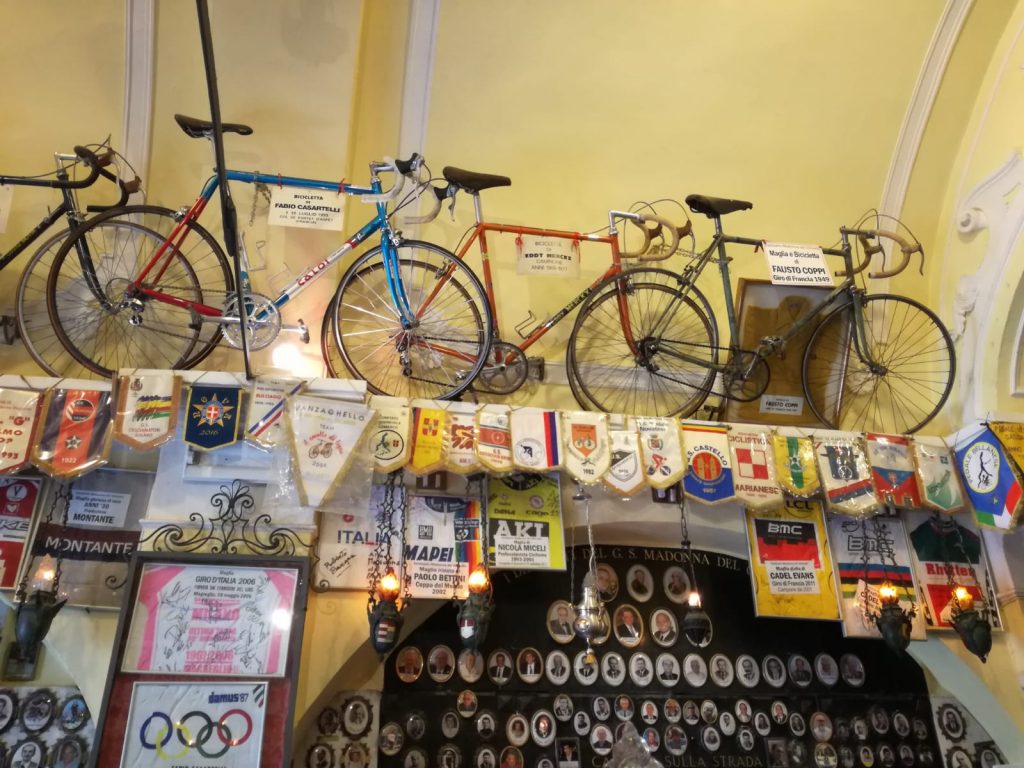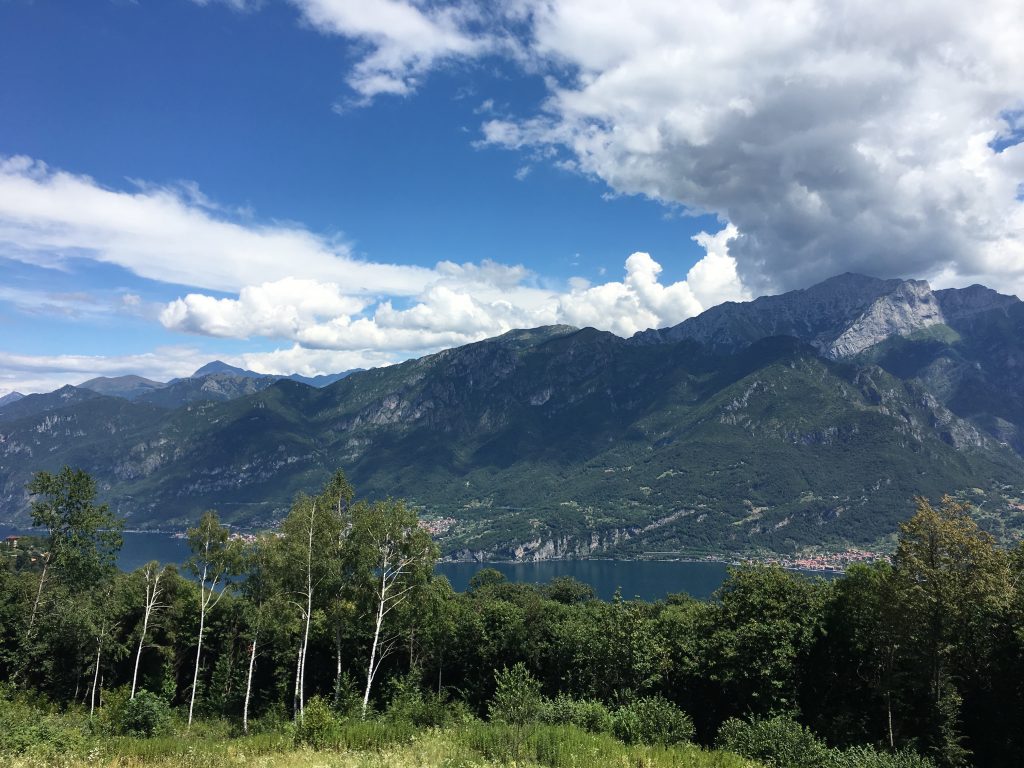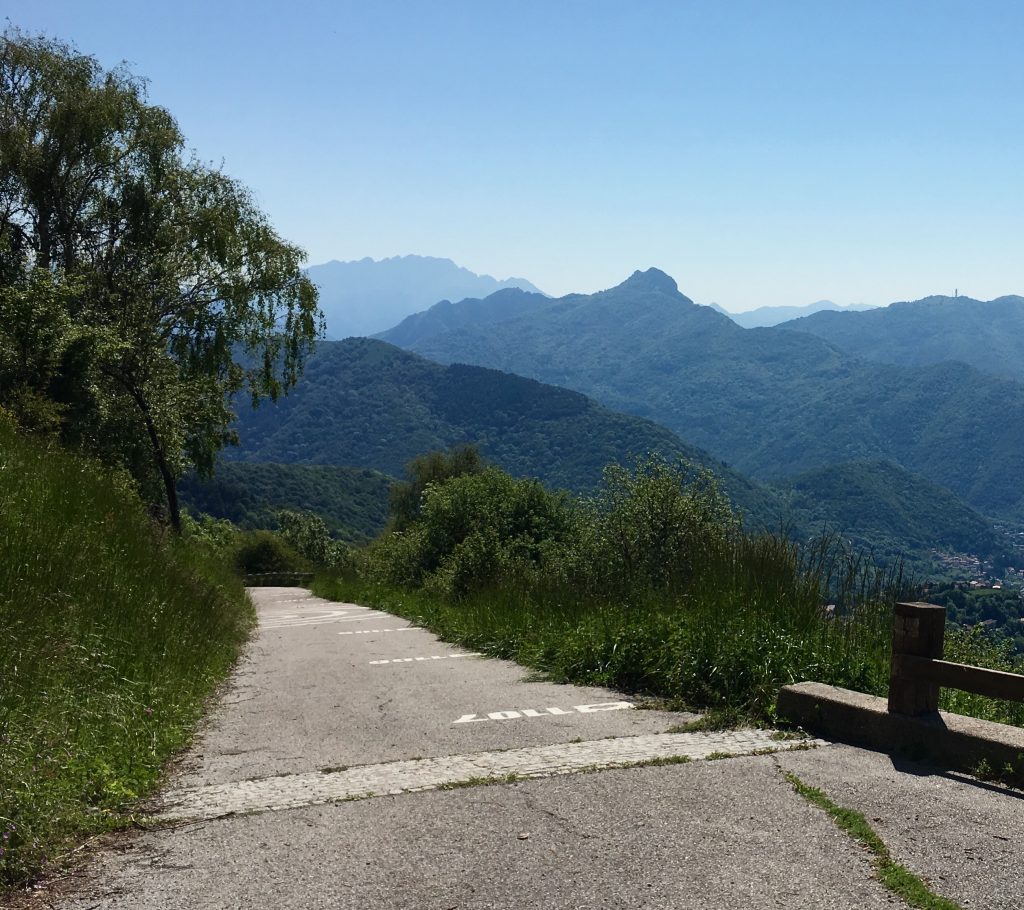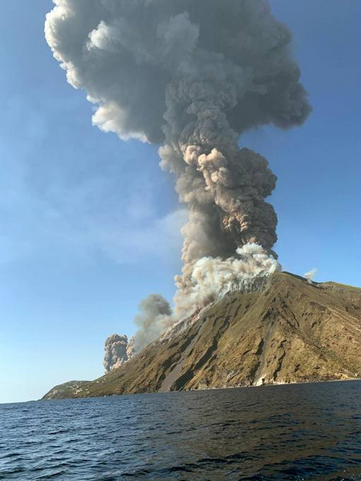In Italia il mese di marzo è il tempo delle gite scolastiche, una pausa dagli studi in cui gli studenti italiani hanno la fortuna di esplorare la storia e la bellezza che li circonda. Sono grata ai miei genitori che mi hanno sempre permesso di parteciparvi. Una delle destinazioni più memorabili fu la Valle d’Aosta quando avevo 15 anni.
Ricordo l’emozione e l’incanto nel vedere i suoi paesaggi mozzafiato costellati da castelli meravigliosi. Con i compagni di scuola si faceva a gara a chi ne contava di più.
La Valle d’Aosta a differenza di molte altre regioni italiane gode di un turismo soprattutto italiano nel periodo sciistico.
Fammi sapere nei commenti se ci sei stata/o o se ti piacerebbe andarci!
Buon Viaggio!
In Italy, March is the time for school trips, a break from studies in which Italian students are lucky enough to explore the history and beauty that surrounds them. I am grateful to my parents who have always allowed me to participate. One of the most memorable destinations was the Aosta Valley when I was 15.
I remember the emotion and the enchantment of seeing its breathtaking landscapes dotted with wonderful castles. With my schoolmates, we’d competed to see who counted the most castles. Valle d’Aosta, unlike many other regions, enjoys mainly Italian tourism during the skiing period.
Let me know in the comments if you’ve been there or if you’d like to go! Buon Viaggio!
Valle d’Aosta | Montagne e castelli
Aosta Valley: Mountains And Castles
Un video aereo con drone della regione Valle d’Aosta, nel Nord Italia. Caratterizzato dal Castello di Graines in Val d’Ayas, situato nei pressi dell’omonimo paese nei pressi di Brusson.
Segue il Santuario della Madonna della Neve di Machaby, che si trova a 696 metri di altezza, nella valle di Machaby e poco distante dal centro di Arnad, in una splendida posizione tra le boschi di castagno.
Il prossimo è il Castello superiore di Arnad. Situato in una posizione dominante il villaggio, sul lato della valle di Machaby, il castello è attualmente in rovina.
Il prossimo punto di interesse è il famoso Castello di Bard, noto anche per la Fortezza dell’Hydra in Marvel’s Avengers, situato nella storica via che controlla il passo tra Italia e Francia in Valle d’Aosta (nord-ovest dell’Italia).
Infine, il Castello di Verres, fortificata nel XIV secolo nel sud della Valle d’Aosta. È stato definito uno degli edifici più imponenti del Medioevo della zona. Costruito come fortezza militare da Yblet de Challant nel XIV secolo, fu uno dei primi esempi di castello costruito come un’unica struttura piuttosto che come una serie di edifici racchiusi in una cinta muraria.
A cinematic aerial drone video of the Valle d’Aosta (Aosta Valley) region, in Northern Italy. Featuring the Castle of Graines in Val d’Ayas, located near the village with the same name near Brusson.The video is followed by the Shrine of the Madonna della Neve of Machaby (Madonna of the snow), which is located at a height of 696 metres, in the Machaby valley and not far from the centre of Arnad, in a splendid position among the chestnut forests.
Next is the Castello superiore di Arnad (Arnad’s superior castle). Situated in a position dominating the village, on the side of the Machaby valley, the castle is at present in ruins.
The next point of interest shown is the famous Castello di Bard (Bard’s castle), also known for the Hydra Fortress in Marvel’s Avengers. It is situated in the historic route that controls the pass between Italy and France in the Aosta Valley (northwest of Italy).
Lastly, the Verres Castle (Castello di Verrès) is a fortified 14th-century fortress in the lower Aosta Valley. It has been called one of the most impressive buildings from the Middle Ages in the area. Built as a military fortress by Yblet de Challant in the fourteenth century, it was one of the first examples of a castle constructed as a single structure rather than as a series of buildings enclosed in a circuit wall.
La geografia della Valle d’Aosta in due minuti
The geography of Valle d’Aosta in two minutes
La geografia della Valle d’Aosta attraverso un utile tutorial nel quale lo studente sarà partecipe della costruzione modulare della regione con i suoi elementi.
The geography of the Aosta Valley through a useful tutorial in which the student participates in the modular construction of the region with its elements.
Valle d’Aosta, terra di castelli – versione completa
Valle d’Aosta, land of castles – full version
Panoramica completa dei castelli visitabili in Valle d’Aosta, corredata da interessanti spiegazioni storiche.
Complete overview of the castles that can be visited in Valle d’Aosta, accompanied by interesting historical explanations.
Valle d’Aosta, la strada è scavata tra muri di neve record
Valle d’Aosta, the road is carved between walls of record snow
Una massiccia nevicata nel dicembre del 2018 con muri di neve alti fino a 10 metri sulla strada che collega Italia e Francia attraverso il passo del Piccolo San Bernardo.
La Thuile, Porta Littoria durante il fascismo dal 1939 al 1946, è un comune italiano situato nel vallone di La Thuile, valle laterale della Valle d’Aosta. È il comune più occidentale della regione Valle d’Aosta ed è una rinomata stazione turistica invernale.
A massive snowfall in December 2018 with snow walls up to 10 meters high on the road connecting Italy and France via the Piccolo San Bernardo pass. La Thuile, Porta Littoria during fascism from 1939 to 1946, is an Italian town located in the La Thuile valley, a side valley of the Aosta Valley. It is the westernmost town in the Aosta Valley region and is a renowned winter tourist resort.
